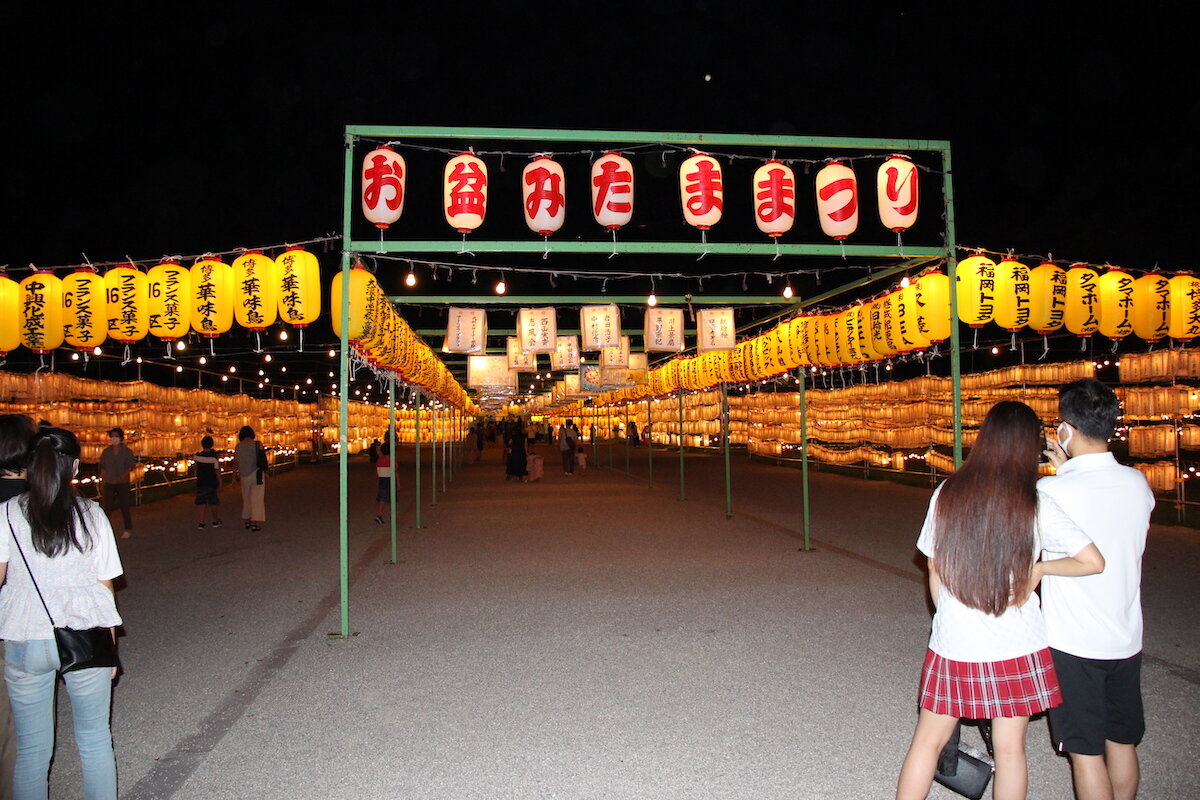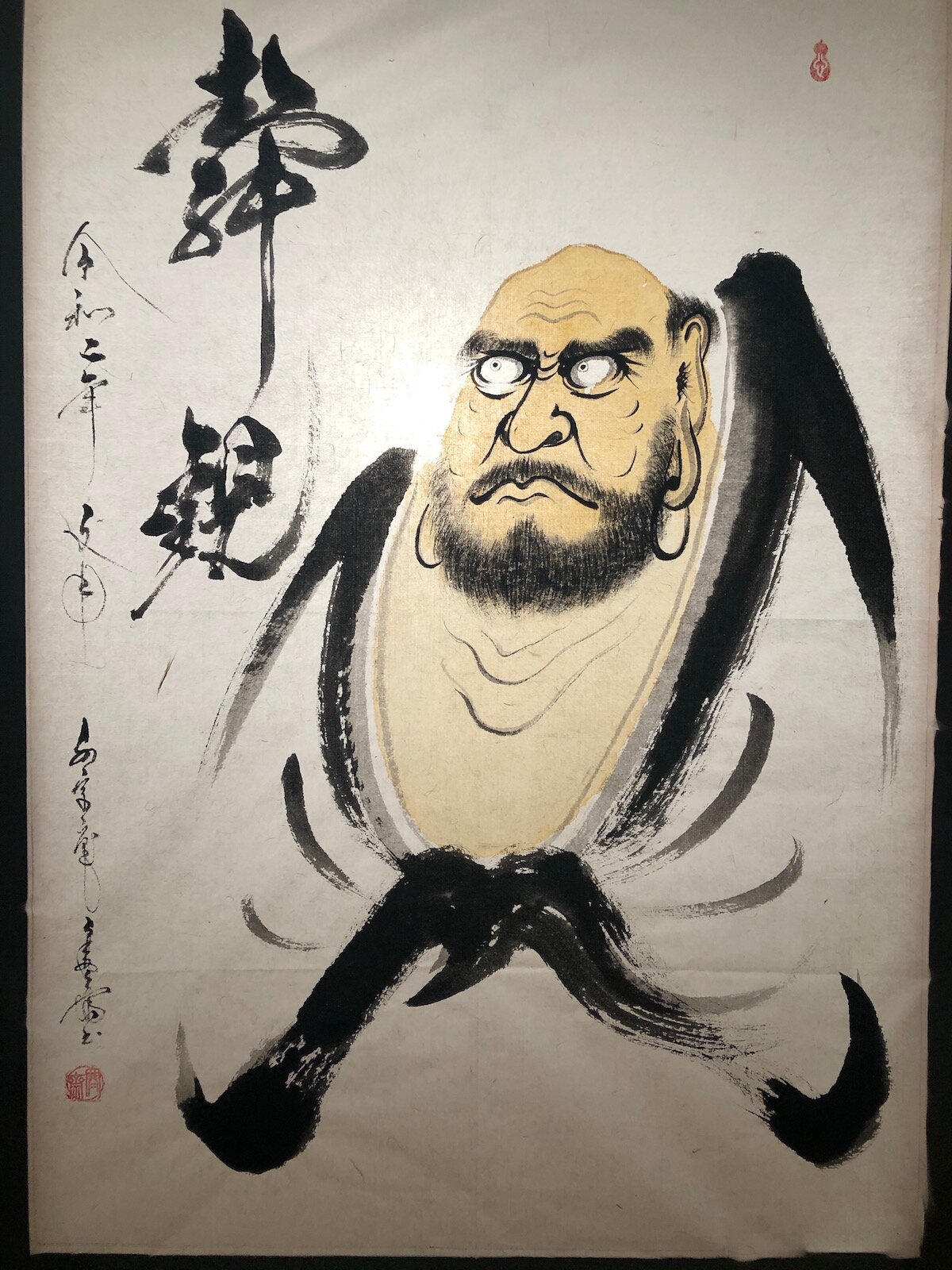While we were in Portland in the summer of 2018, my wife asked me where I would be if I had never come to Japan two and a half decades ago. Boy, what a question.
“I dunno,” I answered after a moment’s silence. “I really don’t.”
But ruminating on that question for the next few days, I came to a number of conclusions.
For starters, in that alternate universe where I remained in the U.S., I would most likely weigh twice as much as I do now. (And so, would my wife, whoever she might be. And I would love her to pieces all the same and never eversuggest she go on a diet, because, heaven forbid, I wouldn’t want to “fat-shame” the love of my life.)
I’d probably have somewhat maladjusted, yet overly confident kids. Although there would a perceptible gap between their inflated self-esteem and actual abilities, Daddy would never be able to tell them that. Wouldn’t want to prick a hole in that optimistic bubble of theirs. “Self-esteem above all” could be another motto for America.
Japanese kids, I find, tend to be more modest (and perhaps realistic) when assessing their own capabilities; the parents more demanding. Ask a Japanese girl if she can play the piano and she might with some coaxing say, “Yes, a little” only to go on and perform Chopin’s “Nocturne in C Minor”. An American boy will boast that he was pretty good at the piano and then bang out “Chopsticks”.
Those alternate universe children of mine would probably be in college by now (rather than in elementary school) and I would be worrying myself sick (not to mention bald) as I struggled to pay the extortionate price of tuition there.
I’d have a mortgage double what I currently pay in rent. On the plus side, though, I would have: a large yard maintained by Hispanic immigrants, rather than a berandā cluttered with drying laundry and recycle bins; a gorgeous kitchen (that seldom got used); and loads of storage space filled up with useless crap. I’d have a car—perhaps three—instead of a bicycle, and I would be driving everywhere instead of walking, cycling, or taking public transportation as I do now.
As a result of all that driving, I wouldn’t be nearly as fit and healthy. And speaking of health, I would be paying through the nose for mediocre healthcare insurance and be on my knees praying to my Catholic God that I never get sick and actually have to use that insurance.
Because of the running costs of being an American are much higher than those of living as an expat in Japan, that alternate universe doppelganger of mine would probably be one more of that hapless class of Yanks who are considered house-rich, but cash poor.
I would probably have a more relaxed work schedule, though. I would finish early enough to have dinner with my family in the evenings. Eating together as a family just doesn’t register as importantly here as it does in America. Weekends would as a rule be off. (I have always worked on Saturdays ever since coming to Japan, even when my head was screaming with a hangover.) On the other hand, I wouldn’t be able to take as many long vacations as I do now which I hope compensates for the back-breaking sixty-hour work weeks.
I guess I’d be tossing good money after bad in the Catholic Church’s offertory on Sunday mornings rather than pocket change into the saisen bako at my local shrine. My parallel universe kids would have been raised Catholic out of inertia more than any deep-seated feelings towards the religious tradition I was steeped in. Meanwhile, my flesh-and-blood sons’ views towards faith, if they have any at this stage in their lives, are more syncretic—a blending of Buddhism and Shintō with hints of Christianity (and Santa Claus-ism). How they will eventually be able to resolve these mutually contradictory beliefs in no god, eight million gods, and One Almighty, Omniscient Father in Heaven, is anyone’s guess. I really don’t care so long as they don’t end up boring me and others with their beliefs.
I suspect I would have continued writing no matter where I settled or what kind of career path I took, but I may have had more access to people in the business had I remained in the States than I do today like a literary castaway in Japan. What I would have ended up writing, however, is anyone’s guess. One thing is for sure, my writing would never have been influenced by Japanese aesthetics and literature.
I wouldn’t have become as keenly attuned to things like the changes in the seasons as I am today. And I’m not just talking about the flowers and foliage, but the insects and the noises they make, the winds and their names, and all the different rains, the seasonal delicacies such as the pungent smell of sanma (Pacific saury) being cooked on the grill and filling the house with oily smoke in autumn. I would not have learned that the year can be divided up into more than just four seasons. The East Asian lunisolar calendar has 24 points, with each divided into a further 3, giving 72 kō (候), or micro seasons, in a year. As I write this, we are experiencing the 49th micro season, Kōgan Kitaru, “The Geese Arrive”.
I would not have been exposed to Japanese literature, film and art, which has definitely influenced my sensibilities. Likewise, I would have never experienced teaching Japanese literature and culture to students from all over the globe at the university level. (How on earth did that happen?) It is through this study that I have learned more about Japanese history, culture, language, art, literature—you name it—than I could have ever imagined possible.
I wouldn’t have traveled throughout Japan and come to fall in love with some of her regions—Kyōto, yes, but also Kagoshima, Kamakura, and Okinawa. Oh, Okinawa! What would my life be like today without traditional Okinawan music or the local firewater, awamori, in it? Bland!
And speaking of saké, had I never come to Japan, I may not have ever been exposed to shōchū, a drink distilled from a wide variety of ingredients depending upon the region, from saké lees in Saga and sweet potatoes in Kagoshima, to barley in Ōita and sesame seeds in Fukuoka. In the alternate universe, I am drinking local microbrews and wine and thinking the world of it. Ignorance is bliss.
Had I never “immigrated” to Japan, I wouldn’t have traveled around Asia nearly as much or become as familiar with the region’s cultures and languages. For my friends back in the States, traveling to, say, Vietnam is a once-in-a-lifetime adventure that must be documented on Facebook and Instagram. For us in Fukuoka, though, it’s just a five-hour flight away. Shanghai is closer than Tōkyō for us; Seoul, less than an hour’s flight; and, Taipei and Hong Kong, about two to two and a half hours away. Europe is, of course, much farther, but no more remote than it was when I was living on the West Coast of the U.S.
Had I never come to Japan, I wouldn’t have a national holiday or local festival to look forward to every few weeks. In the past month alone, we had Music City Tenjin, a free outdoor music event downtown, the equinoctial week which happened to coincide with the moon-viewing festival Jūgoya, Oktoberfest—yes, complete with lederhosen and yodeling—Shinkōsai, a six-day long Shintō festival with lanterns held at Dazaifu Tenmangū shrine, another Shintō festival at Kushida Shrine called Hakata Okunchi, a number of light-up and lantern events in late October, and the 3-day long Kunchi festival in Karatsu City held around Culture Day on November 3rd. I could go on and on. I used to get so depressed when Christmas came to an end as there was very little but darkness separating that very festive time of year and Easter in America. Here in Japan, though, Christmas is followed by New Year’s which is just as merry, if not more, and lasts five days rather than only one. And right on the heels of o-Shōgatsu is Seijin no Hi, or Coming-of-Age-Day, when twenty-year-old women dressed up in elaborate kimono are a feast for the eyes. And that is followed by Setsubu, which is followed by . . . Well, you get the picture.
And though you don’t need to be patient when it comes to waiting for the next holiday or festival, thanks to my coming to Japan I have learned to be patient and courteous (I hope) towards others, never raising my voice or bursting out in anger. Do I ever get irritated? You bet! On a daily basis, no less. But, I have mastered the Art of Gaman and seldom let my feelings get the better of me anymore. People sometimes say I am a cold bastard, that emotion doesn’t register in my face anymore, and perhaps that’s true. I certainly don’t smile as much, or as naturally, as I did before. But, I would never explode in a fit of apoplexy over something so inconsequential as a parking space, either.
What else? Like many of those interviewed, I am more punctual than I imagine I ever could have been had I never moved to Japan. I am more detail-oriented. I’m more honest, too. If I found a cash-filled wallet on the street, I would take it to the nearest police box because that’s just what you do in Japan.
So, the short answer to my wife’s question is this: I wouldn’t be me had I never come to Japan. But more importantly than that, I wouldn’t have found my wife who I adore. I wouldn’t have had my two sons who fill me with so much love and pride, yet manage to run me into the ground all the same. I just wouldn’t be me.




















